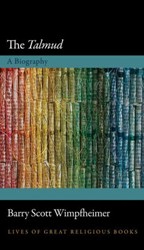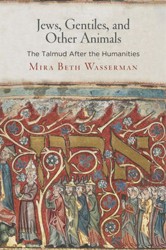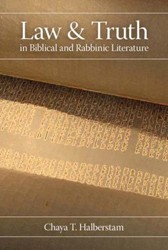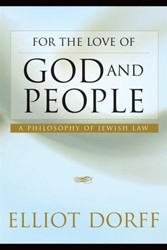By
– August 30, 2011
It is well known that the Babylonian Talmud contains a range of different texts, from legal dicta to magical incantations. People tend either to read the whole thing through without questioning how it all fits together, or else to focus only on the type of literature that interests them. The wave of critical literary analysis of the Talmud that has been produced in the past two decades has, for the most part, focused on the nonlegal narratives often known as Aggadah. Halakhah, the legal aspects of the Talmud, has remained the territory of more traditional and philologically minded scholars. This volume aims to break down these distinctions between law and narrative and between literary and textual analysis. Barry Wimpfheimer’s book examines legal narratives, stories that appear in the Talmud as part of a legal discussion and which are ostensibly meant to illustrate a legal principle as it was applied in an actual case. Applying insights from literary criticism and sociology to the Talmud is no mean feat, but Wimpfheimer accomplishes this with elegance. These tools help him demonstrate how these stories work in the context of the Babylonian Talmud, showing the sometimes subtle effect they can have on the legal implications of the text. This is one of the most significant contributions to Talmudic scholarship in recent years, and it has great relevance for anyone interested in the application of contemporary critical theory to ancient texts.
Pinchas Roth (PR) is a post-doctoral fellow at Ben Gurion University of the Negev.





